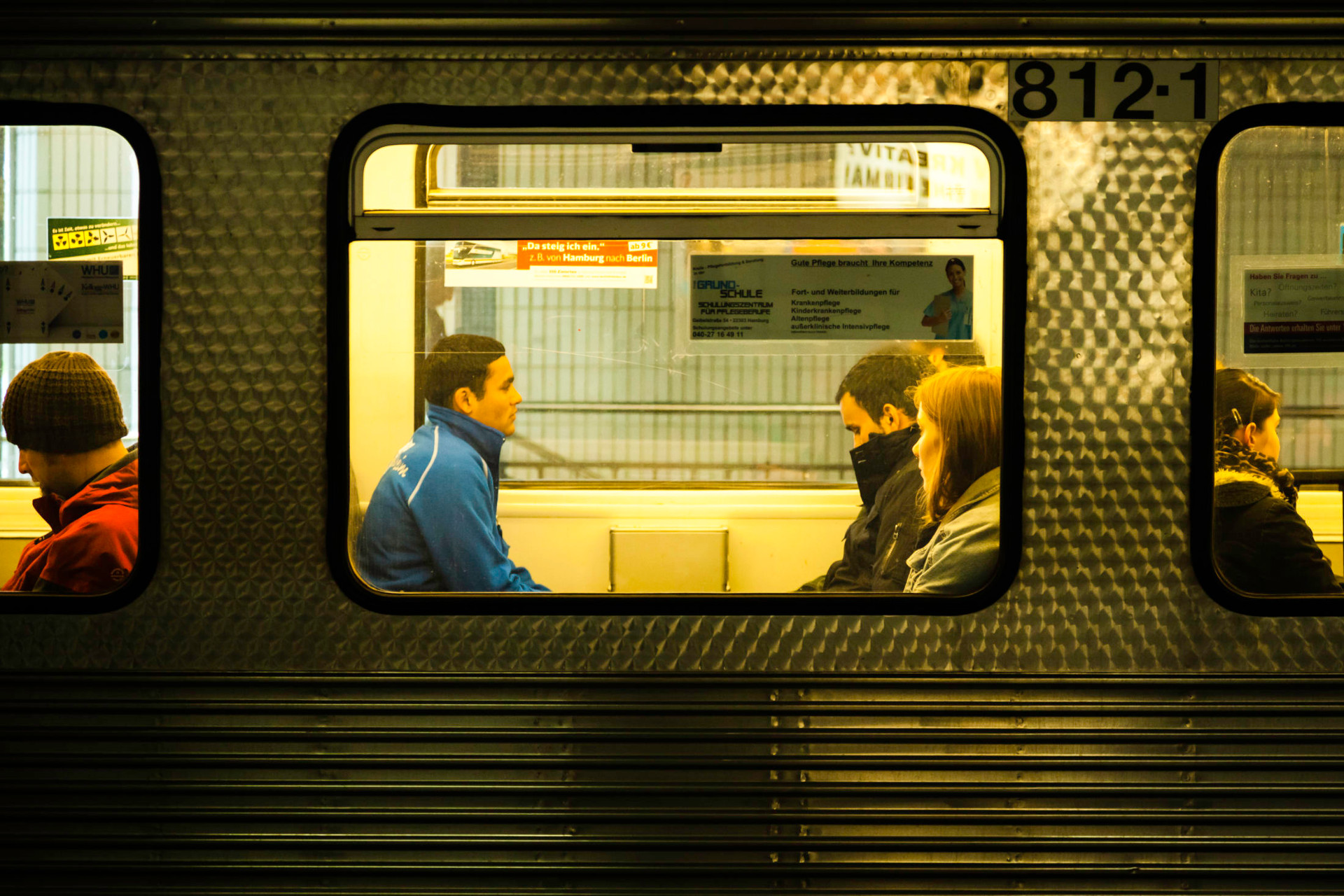
I once heard a speaker say that the biggest hindrance to missions is godly parents and grandparents who love their children and don’t want them to be far away—certainly not in harm’s way. Let that sink in for a minute. I don’t have any actual research to back that up, but I certainly understand the impulse, as does every other parent reading these words.
As the father of three daughters, I know that part of my role, my job, and my focus as a dad is to protect them, to raise them to be strong young women, to teach them to make wise decisions, and, ultimately, to guide them to be focused on sharing the love of Jesus wherever they are. I must also confess my fatherly desire that they eventually marry godly men and live two houses down from me and have children who come play at my house every Sunday when we share lunch together. I’m certainly not the only one with those desires, right? That’s a beautiful picture and one I am thankful that many families experience.
We parents will always wrestle to temper our desires to keep our children close and safe with the desire to release them into the gospel work to which they’ve been called.
However, if such a picture is the goal of every Christian parent and grandparent, the end result will be that few will answer the call to engage the unreached peoples of the world with the gospel. So we parents will always wrestle to temper our desires to keep our children close and safe with the desire to release them into the gospel work to which they’ve been called.
Facing Competing Desires
I first experienced the angst that comes from these competing desires when my daughter, at the age of fifteen, decided to pack up her bags and to move to Brazil. With our approval, she left home for a semester abroad in João Pessoa, where she went to school, learned Portuguese, and considered the call that she may have to global missions, a call with which she continues to wrestle as a college student.
After she made it to Brazil, I subsequently learned that João Pessoa was not the safest place to send her. In fact, it was once considered among the the most dangerous cities in the entire world. The. Entire. World. And I sent my fifteen-year-old daughter there.
Of course, I knew there was danger there. And, to be fair, the danger is largely isolated to certain favelas—what we Americans call slums—in and around the city. Where she was staying was reasonably safe but not without risk. But for a dad, that is not very comforting.
Perhaps, however, therein lies a helpful picture for all of us. Maybe that phrase, “safe, but not without risk,” is a good thing to remember. The fact is that very few missions agencies will send people to places that are fundamentally unsafe, particularly people with families or particular vulnerabilities. The reality is, however, that no place is without risk, and some of those risks are higher than others.
Uncertainty is Certain When It Comes to Safety
The call to missions often requires a fair amount of uncertainty in regards to safety. Recently, I sat in a missions meeting and heard the story of a missionary who lived with his family in an area controlled by the Taliban. They lived and moved with a nomadic group of goat herders, during which time they began to know them, to love them, to share the gospel with them, and ultimately, led many to Christ.
Today, among those traveling goatherds, are some who are followers of Jesus as a result. As that missionary answered the call to serve in a dangerous part of the world—with his family, no less—he considered himself generally safe. He sometimes found himself in dangerous situations, however. His mission was not foolhardy but neither was it without danger. He was safe, but not without risk.
To Serve Christ is to Embrace Potential Risk
As I think of my daughters, I recall the manner in which I’ve taught them to live and serve Christ. And the logical, practical ends of that teaching aren’t always safe. As they mature and begin to make decisions about where God is leading them—including a call to potentially unsafe places around the world—I will have to balance my desire to keep them safe and to let them risk all for the sake of Christ and his gospel.
I will have to balance my desire to keep them safe and to let them risk all for the sake of Christ and his gospel.
I know that they will not make foolhardy decisions. And yet, following God’s call, they might find themselves in challenging and risky places. But I also know what I’ve taught them is true: you follow Christ to where he leads, including to places with risk.
I want to get really personal here. As a Christian parent, I’ve been intentional in modeling what it means to live a life of sacrifice. I see my girls, even now, living out the values I’ve taught them. Should God call them to serve in a distant, risky place, I fully expect they will answer that call. If so, I will have yet another opportunity to model for them what it means to die to self and live for Christ and his mission.
Part of my own cost of following Christ is a willingness to sacrifice my dream of those Sunday dinners and grandkids playing on the swing set in our backyard. I must let them go and trust that, whatever the risks of following God’s call, they are doing the right thing, even if it is risky. And leading my daughters to serve Jesus means that I not only teach them to live their lives on mission, but, as a parent, I willingly and joyfully send them out to follow God’s call.
Ed Stetzer, PhD., holds the Billy Graham Distinguished Chair of Church, Mission, and Evangelism at Wheaton College. You can find him on Twitter @edstetzer.


